What is Pre-Training Assessment and How to Do it Right
Discover what a pre-training assessment is, why it matters, and how to run one effectively to improve learning outcomes and training ROI.
Discover what a pre-training assessment is, why it matters, and how to run one effectively to improve learning outcomes and training ROI.

Training loses power when programs launch without a clear picture of what learners already know. Every group brings mixed skills, different confidence levels, plus unique support needs.
Without spotting those differences early, sessions drift into content that feels too basic, too advanced, or misaligned with workplace goals. That leads to wasted time, low engagement, and weak results.
Pre-training assessment fixes that. It helps teams check knowledge, skill depth, and competency levels before any lesson starts, giving organisations a solid starting point and a clearer sense of gaps.
In this guide, you’ll learn what pre-training assessment involves, when to use it, and how to run it effectively.
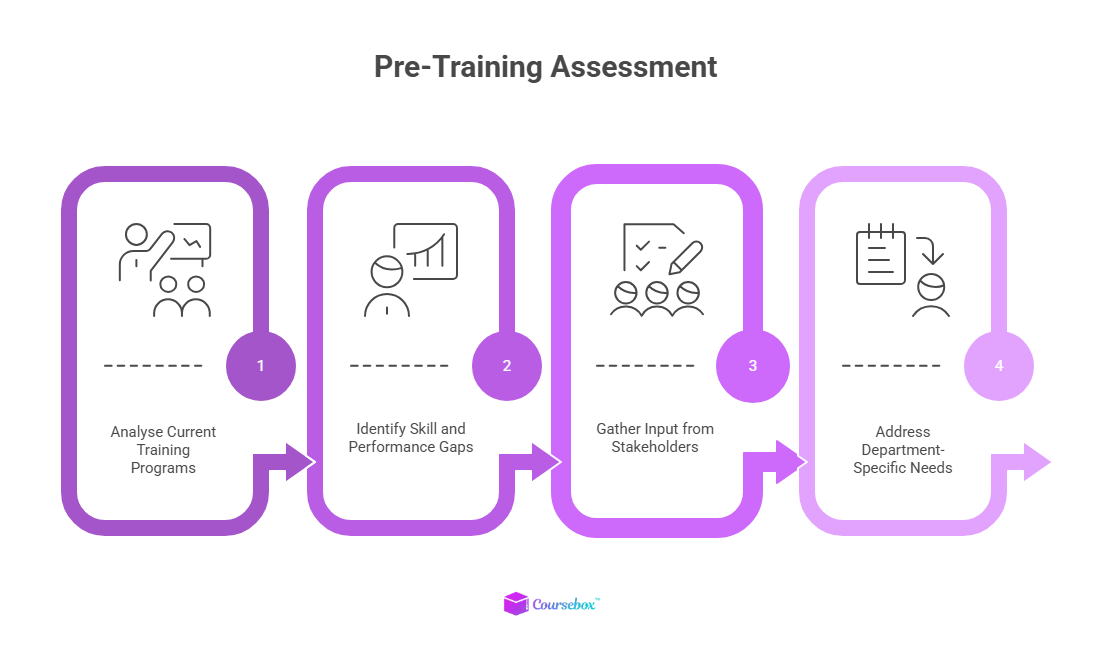
A pre-training assessment functions like a quick pulse check before any program begins. It highlights what learners already know, what they can do, plus how confident they feel with core skills linked to upcoming training goals. This early snapshot helps trainers shape delivery, trim content learners mastered long ago, and focus on the gaps that actually matter. It also shows where extra support or slower pacing might help.
This type of assessment offers helpful benchmarking, too. Organisations can track growth by comparing early results with progress checks or post-training outcomes later on. In regulated environments, this upfront evaluation also supports compliance by proving that training content connects directly with learner needs.
NOTE: With AI marking, platforms can instantly check answers, spot skill gaps, and give quick feedback, saving trainers time and making results more accurate.
Many organisations treat training like a box to check—schedule a session, send invites, and assume everyone starts from the same point. The reality is very different. Learners bring a wide range of skills, experiences, and confidence levels, so skipping pre-training checks often leads to sessions that are either too basic or too advanced.
Pre-assessments solve this by giving trainers insight into learner readiness, guiding content, and helping group participants based on actual needs. This makes training more relevant, targeted, and effective from the start.
Pre-training assessments give trainers a clear picture of what learners already know. This prevents repeating familiar material and ensures training begins at the right level. Learners feel recognised for their existing skills, while trainers can build new knowledge more efficiently.
Assessments highlight areas where learners may lack skills or understanding necessary for their role or organisational goals. Trainers can focus on closing gaps while skipping topics learners already master.
Optional refresher modules ensure everyone stays up to speed without slowing the group down. For organisations, this leads to employees who leave training genuinely job-ready.

Every learner has different strengths, experiences, and learning styles. Pre-training assessments provide insights that allow trainers to adapt content and delivery to suit the group. This creates a more personalised experience, supports inclusivity, and ensures all learners have the tools to succeed.
Some learners may need extra help, such as language support, skill practice, or closer guidance. Pre-assessments reveal these needs early, giving trainers a learning and development roadmap to provide timely assistance and prevent learners from falling behind.
Completing a pre-training assessment shows learners what training will cover and highlights their current abilities. This builds confidence, reduces uncertainty, and establishes a shared understanding of goals.
When training aligns with learner needs, it feels relevant and motivating, boosting engagement, knowledge retention, and overall effectiveness.
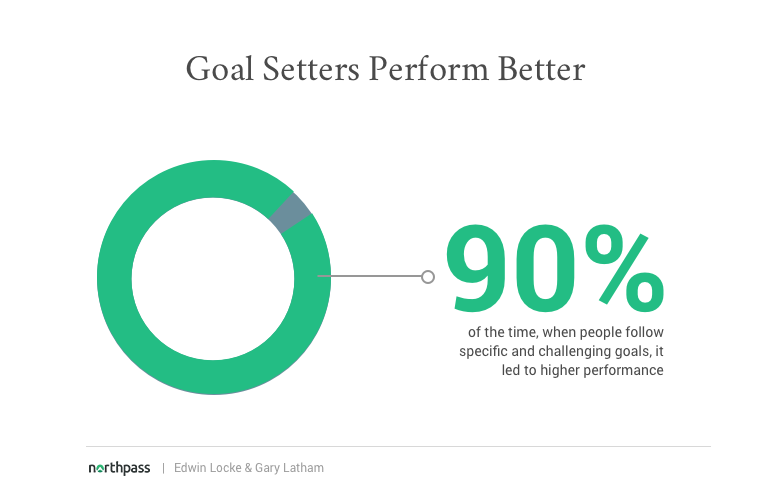
Before training begins, training providers need a clear sense of learner readiness. Different tools help capture this picture from different angles. Some focus on knowledge, others highlight practical skills, confidence levels, or workplace behaviours.
Using a mix of methods gives trainers stronger insight into learner needs, gaps, and expectations. Below is a simple guide to the most common pre-assessment approaches and when each one delivers the most value.

Surveys and questionnaires collect information directly from learners in a quick, structured way. They often touch on previous experience, expectations, preferred learning styles, plus how learners feel about their current skill levels.
In pre-training, this helps trainers understand learner perspectives, tailor content, and spot potential barriers that might affect participation.
Understanding expectations, motivation, preferences, and confidence levels. These tools rely on self-reflection rather than hard evidence, yet they offer valuable context for shaping delivery.
Knowledge tests measure subject understanding before training begins. They provide evidence-based insight into strengths, weaknesses, and overall baseline knowledge. This prevents unnecessary repetition, ensures content hits the right difficulty level, and helps trainers focus on priority topics.
Evaluating subject knowledge and confirming that learners can comfortably engage with upcoming content. Results deliver measurable proof of competency.
NOTE: Automated test generation can create knowledge questions instantly, saving time and keeping the tests consistent.
Skill assessments focus on practical ability rather than theory. They help determine whether learners meet baseline requirements for tasks linked to their role. These evaluations show where support is needed and help training providers align content with job-specific expectations.
Measuring practical capability, hands-on skill, and current competency levels. Results highlight strengths and weak spots, ensuring training targets the right areas.
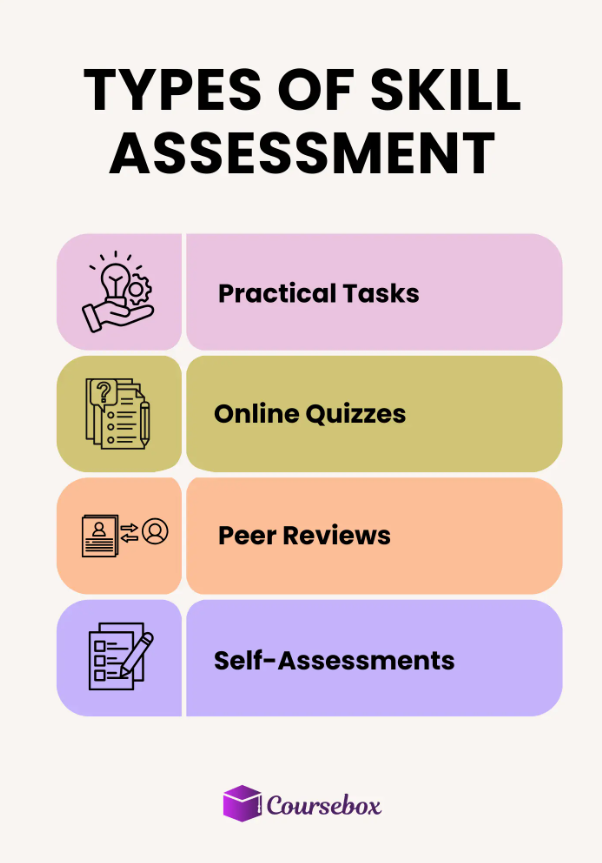
Expert tip: Skills assessment software can speed up evaluations by tracking abilities automatically and giving clear, easy-to-read results.
Performance evaluations capture workplace behaviour, quality of work, and overall effectiveness. They often involve supervisors, peers, or complete 360-degree feedback systems.
When used before training, they help organisations create employee development plans tied directly to real-world performance needs and long-term development goals.

Connecting training needs with actual behaviour, teamwork, and workplace outcomes. Performance reviews provide a broader look beyond technical skill.
Video evaluations involve learners recording themselves performing tasks or responding to specific prompts. This offers visual proof of skill, communication style, and overall readiness.
Video captures behaviour in ways written work cannot, making it useful for roles requiring demonstration or customer interaction.
Situations where real-time behaviour, technique, or presentation skill needs to be observed. Videos deliver a more authentic view of performance than text-based methods.
Pre-training checks fit into many learning settings. Each place uses them for slightly different reasons, but the goal stays simple: begin training at the right level, give support early, and lift outcomes. Below you’ll find situations where these checks deliver strong value.
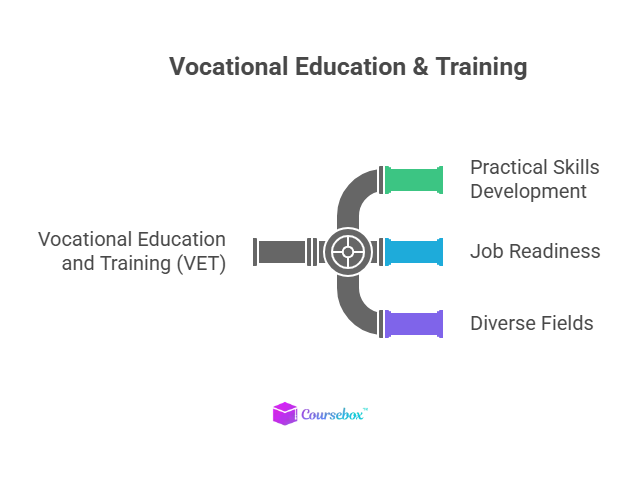
Within VET, pre-training checks hold formal importance. Updated Standards for RTOs 2025 require early reviews of skills, core competencies, plus language, literacy, and numeracy (LLN) before enrolment. These checks highlight readiness, support needs, and course suitability.
This early insight helps RTOs direct learners toward the right qualification level, shape support strategies, and lift completion rates. Training quality strengthens, compliance stays intact, and learners gain a better chance of success.
Workplaces use pre-assessments to guide development plans, support onboarding, and focus training investment. During recruitment or induction, these checks help match new hires with learning that fits their current capability. During skills audits, they highlight proficiency levels across teams.
Results help organisations build targeted programs, close gaps, and boost job performance. With clearer data, learning budgets go toward training that truly moves performance forward.
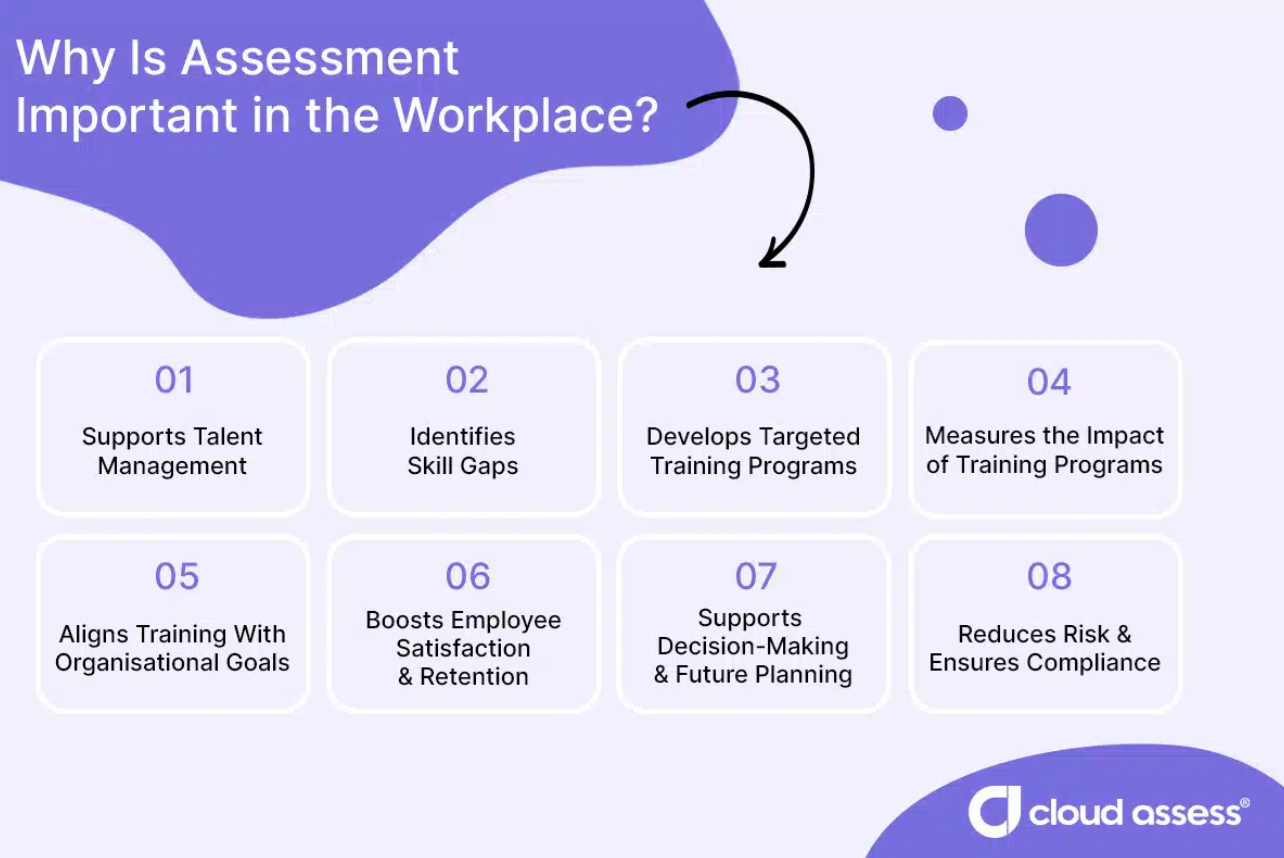
Pro tip: Induction training software can run these pre-assessments automatically and quickly show what new hires need.
Universities, corporate academies, and industry training centres often use pre-training checks to place learners at the right level. These evaluations show who needs bridging modules, who can skip basic content, or who might benefit from faster or more advanced pathways.
This prevents boredom, confusion, or skill mismatch. Learners move through content at a pace that fits them, and institutions gain a clear baseline for long-term progress tracking.

Pre-training assessments show what learners know, can do, and need. They help trainers plan content, group learners, and deliver effective training. Here’s what to include and how to run a pre-training assessment.
Start by deciding what the assessment should measure: knowledge, practical skills, competencies, learning preferences, or a combination. Clear goals guide the choice of training methods, questions, and metrics, ensuring results inform training design.

Example: Measure baseline knowledge of workplace safety, communication skills, and confidence in using new software.
Select a method that fits learners’ context, resources, and comfort. Options include:
Example: A 10-question multiple-choice quiz on workplace safety procedures.

Example: One-on-one discussions about previous customer service experience.
Example: Short-answer sheets on manufacturing processes.
Use multiple methods to capture a full picture of readiness:
Example: “If a customer complains about a delayed shipment, how would you respond?”
Example: IT trainees complete a mini-network setup; marketing submits a sample social media campaign plan.
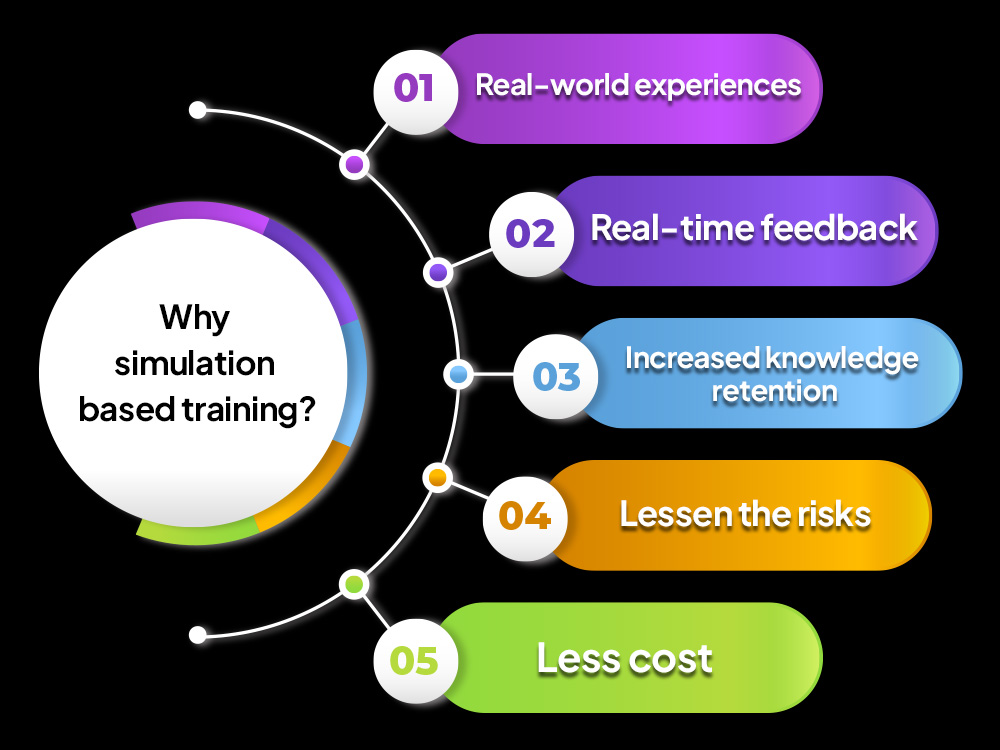
Example: “How many years have you worked in project management?”
Example: “Which learning method helps you retain information best: reading, watching, or hands-on practice?”
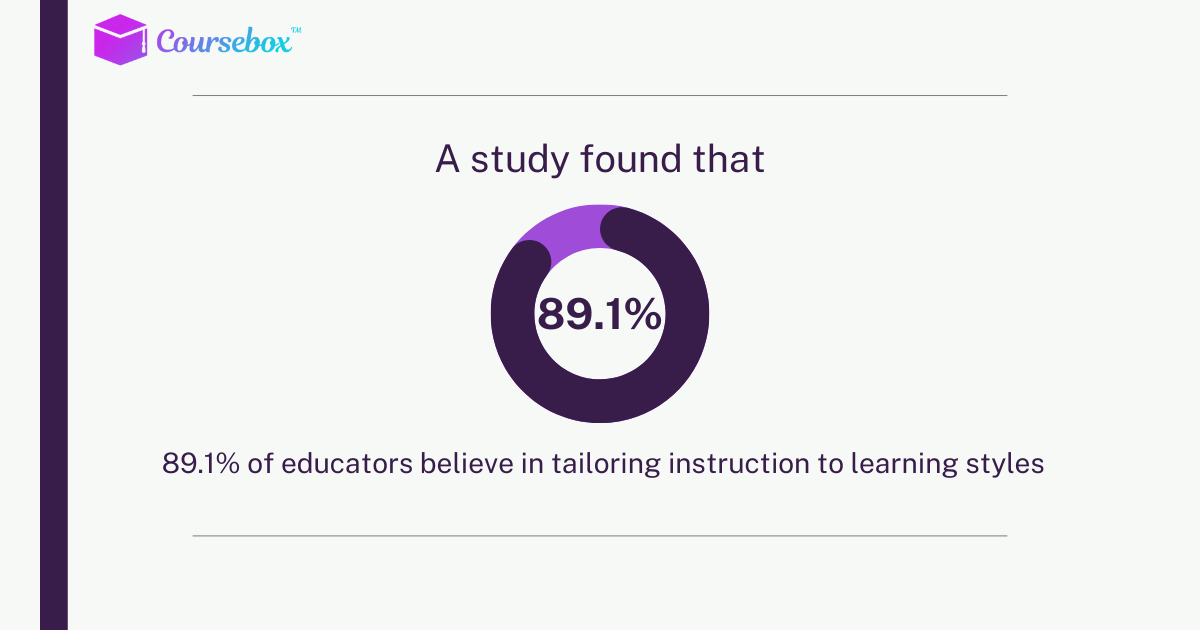
Example: “Do you need training materials with closed captions or larger fonts?”
Example: “What do you hope to achieve from this session?”
Example: “Was this assessment easy to complete and relevant to your skills?”
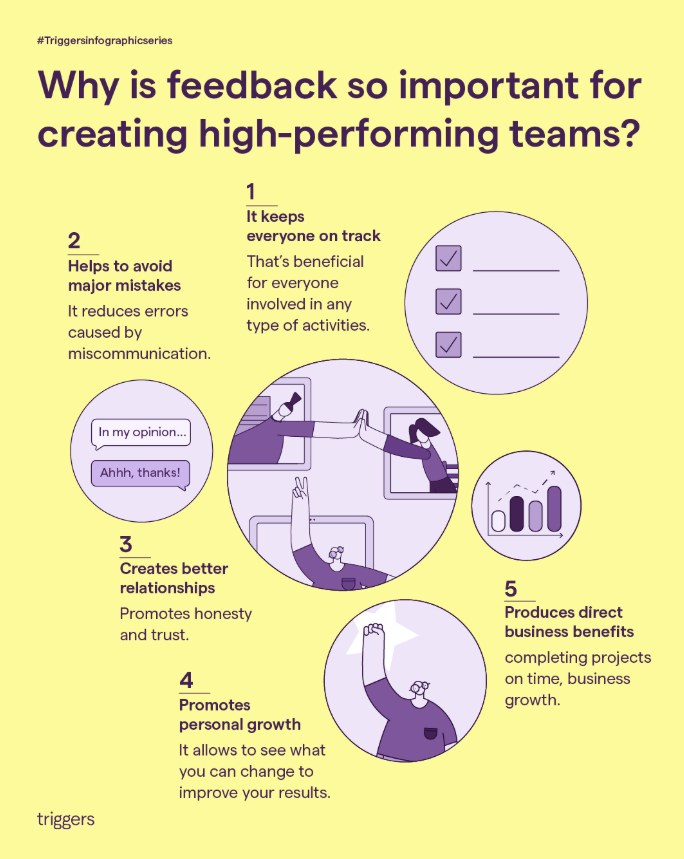
Digital tools streamline distribution and analysis. Modern tools let trainers create AI-powered quizzes, surveys, and skills checks quickly. Automated grading, instant feedback, and analytics save time while providing accurate, actionable insights.

Review responses to pinpoint strengths, weaknesses, and learning patterns. Identify learners needing extra support, topics requiring focus, and areas where the group excels. Insights guide content adaptation, learner grouping, and targeted interventions.
Share outcomes to clarify starting points, set expectations, and boost engagement. Learners understand what training will cover, how it builds on their skills, and what they need to focus on, increasing confidence and motivation.
Use assessment data to customize the program: skip content learners already know, emphasize areas needing improvement, and adapt delivery methods to group needs. Coursebox AI can generate personalized learning paths automatically, ensuring each learner starts at the right level and training remains effective for everyone.
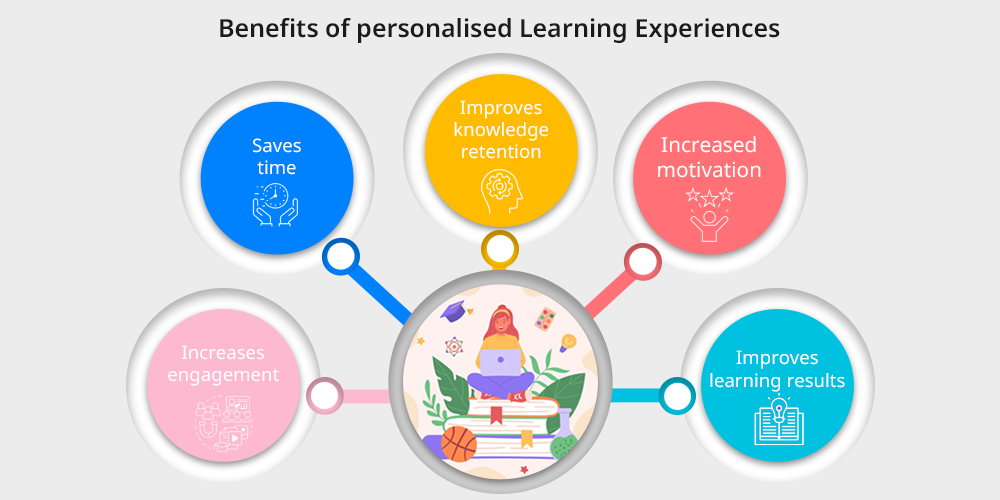
Combine pre- and post-training assessments to measure progress, demonstrate ROI, and validate training effectiveness. Comparing results provides a complete picture of learning outcomes and highlights areas for continuous improvement.
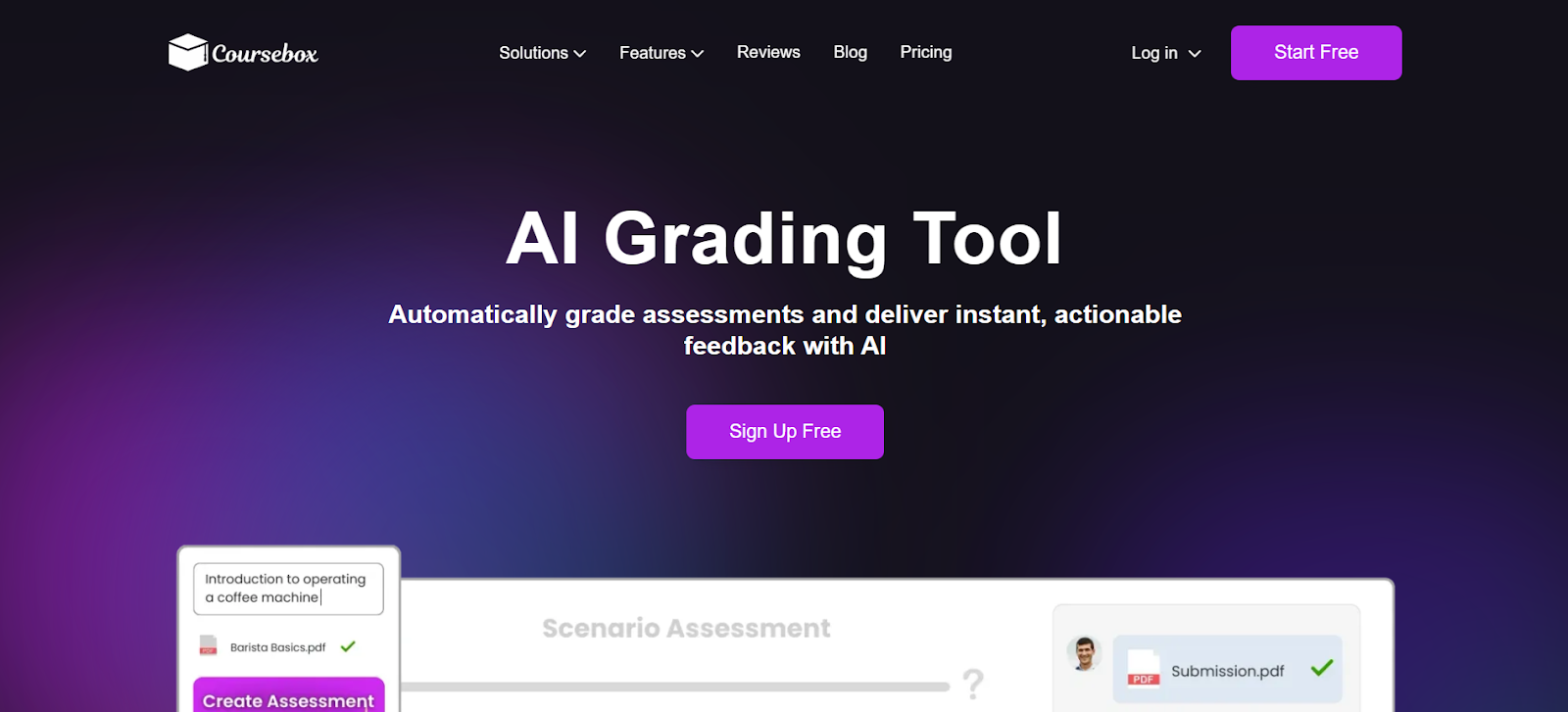
Pre-training assessments unlock the full potential of any training program. When done consistently and backed by actionable data, they help trainers deliver content at the right level, target skill gaps, and boost learner engagement.
Coursebox AI makes this process simple and powerful, automating surveys, knowledge checks, and skills assessments while providing real-time insights and easy tracking.
For workplaces and RTOs alike, Coursebox AI supports personalised learning paths, competency mapping, and progress monitoring, ensuring training investments deliver real results.
Try Coursebox AI for FREE today to see the impact of effective pre-training assessments.
Training evaluation includes four main types: Reaction, Learning, Behaviour, and Results. Reaction checks how learners respond to training. Learning measures knowledge or skills gained. Behaviour evaluates how learners apply new skills on the job. Results track the impact on organisational goals.
Five key components of a training needs assessment include:
Five steps in training evaluation include:
Examples of pre-assessments include:
Pro Tip: Coursebox AI allows creation, delivery, and tracking of these assessments.
Pre-assessment evaluates learners’ knowledge, skills, and competencies before training begins. It identifies gaps, guides content planning, groups learners effectively, and supports personalised training. Tools like Coursebox AI streamline the process and provide real-time, actionable insights.
